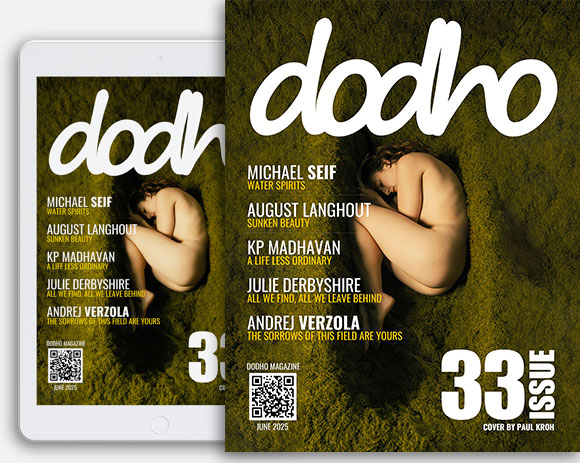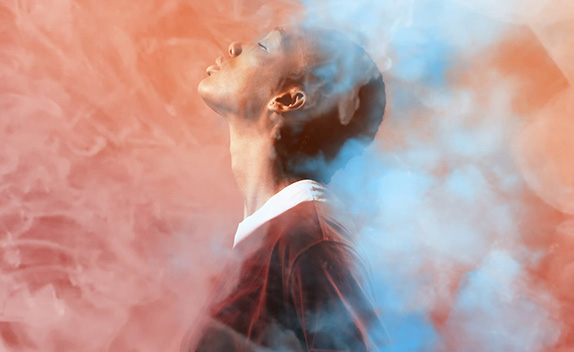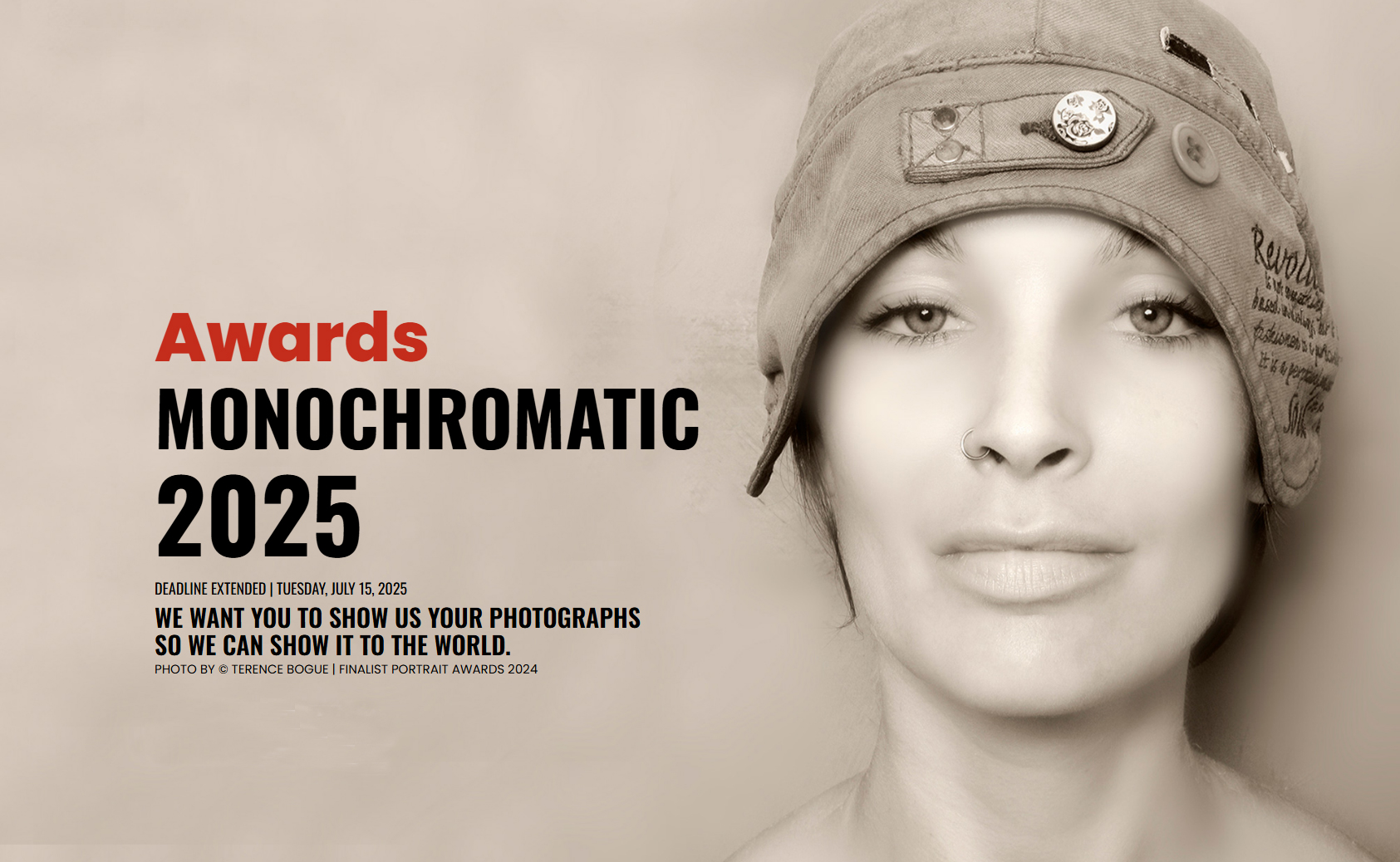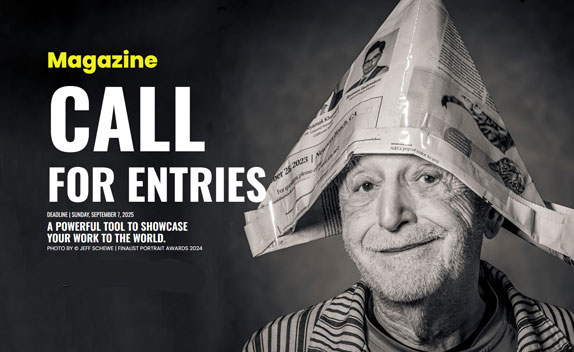The city and the camera share an appetite for velocity. One mutates with every wave of concrete, the other with every click of the shutter.
When Berenice Abbott returned to New York in 1929, she was caught by that very vertigo. That moment marks the beginning of her obsessive love affair with modernization, a passion that would crystallize in Changing New York, still cited as the clearest inventory of twentieth-century urban metamorphosis.
Almost a century later, the avalanche of exhibitions dedicated to her confirms that her gaze still lends meaning to the chaos of contemporary cities. A quick look at Embracing the Parallax, the show mounted at the Heckscher Museum from 2 February to 30 March 2025, where twenty-two vintage prints converse with the words of her partner and critic Elizabeth McCausland, reminds us that modernity is also written in plurality and desire.
Abbott was born in Springfield, Ohio, in 1898, but she honed her craft in the bohemian ferment of Paris. There she learned technical fundamentals from Man Ray and, more importantly, the audacity to chase a personal style. Her first solo exhibition in 1926, packed with portraits of literary avant-gardists, already displayed the almost ascetic frontal quality that would later define her street photography. Even more decisive was her rescue of Eugène Atget’s archive after the French photographer’s death in 1927. Abbott understood that without visual memory there is no future, so she packed negatives and prints for America with the urgency of someone saving a testament. That archival impulse echoes in her celebrated maxim: “The camera is the only instrument capable of recording the city’s rapid surface.” The line reveals not just documentary ambition but a prophetic intuition that photography would become the universal dialect of urbanity.
When she set foot in Manhattan, Abbott found a skyline perforated by cranes. Brick-and-mortar New York was dissolving while skyscrapers rose like metal stakes heralding a voracious economy. Between 1935 and 1939, aided by the Federal Art Project, she roamed borough after borough to fix on gelatin the scars and promises of the Great Depression. The finished product, Changing New York, published in 1939 and shown on tour, refuses quaintness and embraces contradiction: nineteenth-century façades clash with art-deco edges, street vendors cling to the pavement beside luminous shop windows. Several of those images later traveled west for an eponymous exhibition at the San Diego Museum of Art between December 2023 and June 2024, confirming the relevance of that early radiograph of vertical capitalism.
It is tempting to read Abbott as a neutral chronicler, yet her frames belie the label of mere documentarian. Her commitment to “straight photography” stems from an ethic of transparency: she renounces pictorialist artifice so that the geometry of modern life can speak with rawness. Still, choosing a precise shooting height or letting light rake a glass curtain wall is anything but neutral. There is a will to reveal, sometimes to denounce, how modernization distributes power and shadow. In Cedar Street from William Street, for instance, the architectural canyon swallows the pedestrian, anticipating the insignificance of the individual before capital. It is the same optical miracle now pursued by drones and real-estate renderings, but without the anesthetic of color or the plastic of post-production.
From the 1950s onward, Abbott shifted her curiosity toward science. Hired by the Physical Science Study Committee at MIT, she invented optical solutions and built photographic sets to describe phenomena such as refraction and wave propagation. Her wave-pattern series turns physics into a minimalist spectacle of light and shadow, proving that accuracy need not sacrifice poetry. Works like Photogram: Wave Pattern or Focusing Water Waves, dated between 1958 and 1961, still appear in museum catalogues as evidence that science can seduce the uninitiated eye without losing rigor. This phase adds a crucial nuance to the idea of modernization: it is not only vertical and urban, it is also atomic and sub-visible. The world accelerates because technology descends to scales once unreachable, and Abbott anticipated today’s empire of data visualization by putting the camera at the service of pure knowledge.
Her professional and sentimental bond with Elizabeth McCausland adds a political layer. Together they published Changing New York and promoted discussions in which photography became a civic tool. In the 1930s, two lesbian women inserted their voices into a male-dominated medium and questioned the logic of urban power. That the Heckscher foregrounded their intellectual partnership in 2025 is part of a broader historical rereading that ties queer visibility to the very notion of modernity, a concept long bleached by historiography. Abbott shows that modernization was never merely aesthetic or economic; it was a process shot through with identities.
Why, then, does her work rebound so forcefully in 2025? The answers go beyond a neat anniversary. Digital image saturation has generated nostalgia for the mechanical honesty of film but also a hunger for an urban narrative in which the photographer is involved, breathing monoxide and waiting for dawn light. In the virtual walkthroughs the San Diego Museum organized in 2024, one sensed this contemporary anxiety to understand space at human scale, something Abbott grasped from the outset. Her legacy serves as antidote to Instagram’s algorithmic speed because it offers a pedagogy of looking: to comprehend modernity, it is not enough to consume it; you must arrest it in a frame and examine its seams.
The recent exhibition circuit acts as a thermometer. At tiny Monson Arts in Maine, thirty prints rescued from private collections gathered in 2024 previously unseen views of Greenwich Village and were sold in catalogue as a “manual of neighborhood resistance.” At the Clark Art Institute, Modern Lens is already announced for August 2025, focused on the dialogue between Abbott’s eye and the architecture of the steel age. Even in Milan, the Museo Poldi Pezzoli inserted several of her scientific plates into Science in Motion alongside Harold Edgerton and Eadweard Muybridge, cementing her place in the genealogy of photographic motion. The network of venues is as varied as the work itself, confirming that Abbott bridges multiple modernities: literary, urban and technological.
Yet her relevance is hardly confined to white-cube galleries. At a moment when megacities of the Global South are expanding faster than any 1930s New York, Abbott’s photographs pose an uncomfortable question: who today is documenting those processes before speculation erases the past? The smartphone explosion seems to have democratized the camera, yet the logic of instantaneity and endless scroll penalizes the patience required for a series like Changing New York. Abbott spent hours negotiating rooftop access, waited for overcast skies to draw metallic edges, combed municipal archives to contextualize façades. Her method resembles street-level journalism that flees press conferences and walks the pavement, and that is why her work resonates with a generation tired of graphic post-truth.
Her scientific period also issues a challenge: data visualization now mediates our access to the real, yet rarely conveys the beauty that sparks curiosity. Abbott proved that an archive of waves or parabolic trajectories can move a casual viewer. Today, when laboratories publish automated charts by default, it is worth rereading her 1939 manifesto in which she demanded “a friendly interpreter between science and the average citizen.” More than eighty years later, the infosphere still deluges us with jargon; her call remains a bracing reminder.
Perhaps the final key to her magnetism lies in the fact that Abbott never saw herself as a solitary genius but as part of a conversation. She dialogued with Atget across time, with McCausland across every page and with the city on every corner. Her legacy urges us to replace the myth of lone genius with that of the network, an idea acutely contemporary. When curators now place her work beside Brassaï or Irving Penn in group shows such as Nightlife, they underscore that modernization is a plural narrative, not a straight line of progress.
At the exit of Modern Lens at the Clark, a sign invites visitors to photograph the campus and upload images using the hashtag #AbbottPerspective. The gesture is trivial and, simultaneously, profoundly coherent with Abbott’s own logic: handing the city back to its inhabitants, demanding that every passer-by be witness and author of their time. There, among phones and posts, you realize Abbott did not merely immortalize modernization; she turned it into a transitive verb. To modernize is to look with intent, shoot with awareness and share with ethics. In 2025, that imperative stands and summons us, just as it summoned her, to hold the gaze one heartbeat longer than comfort before pressing the shutter.






